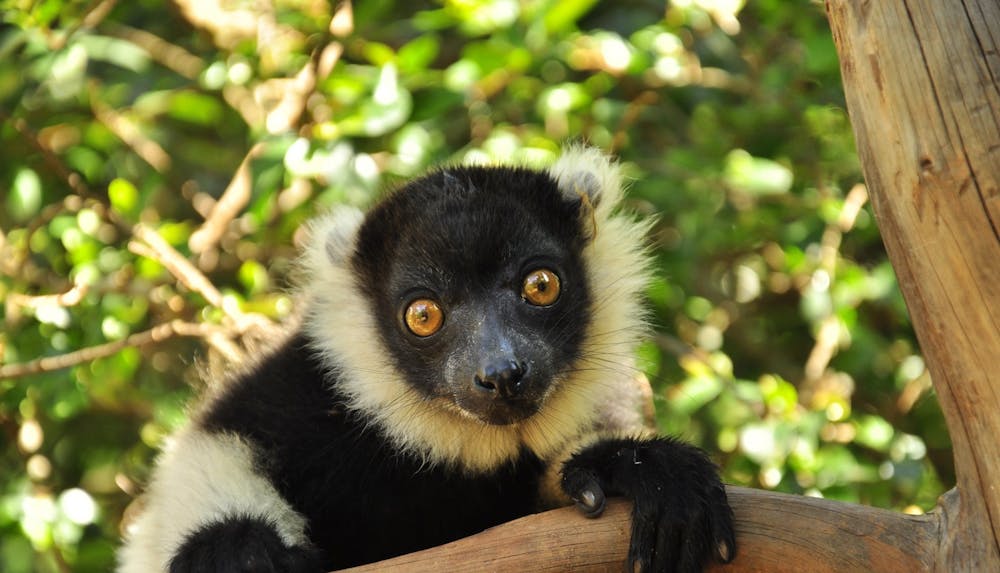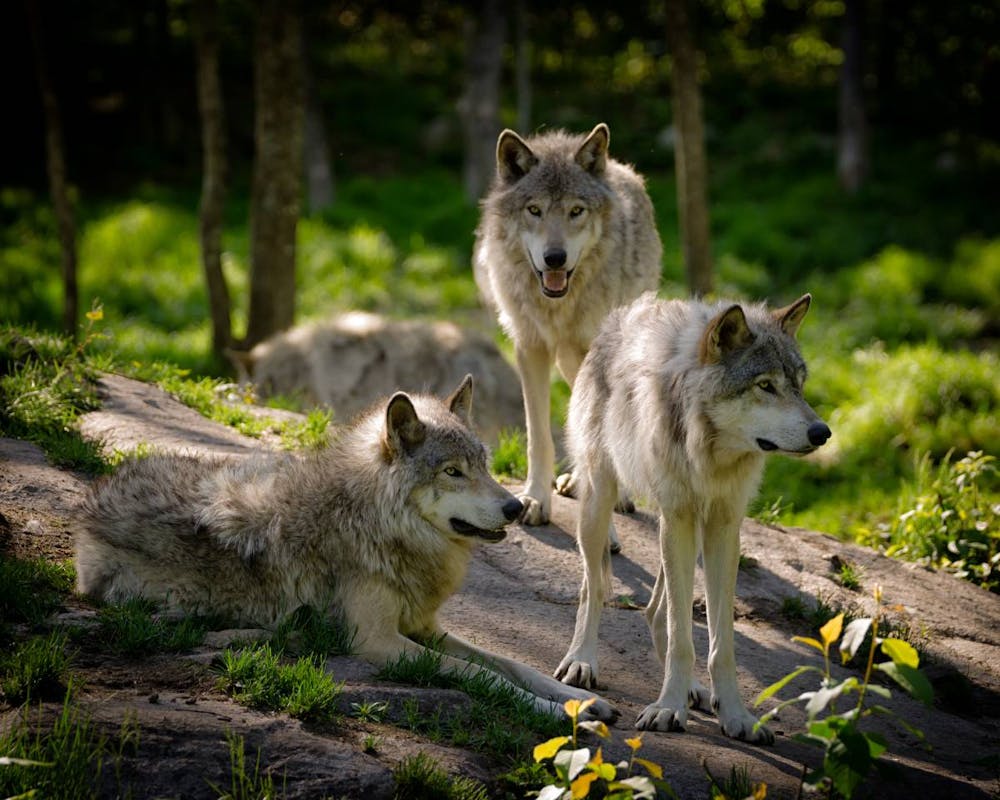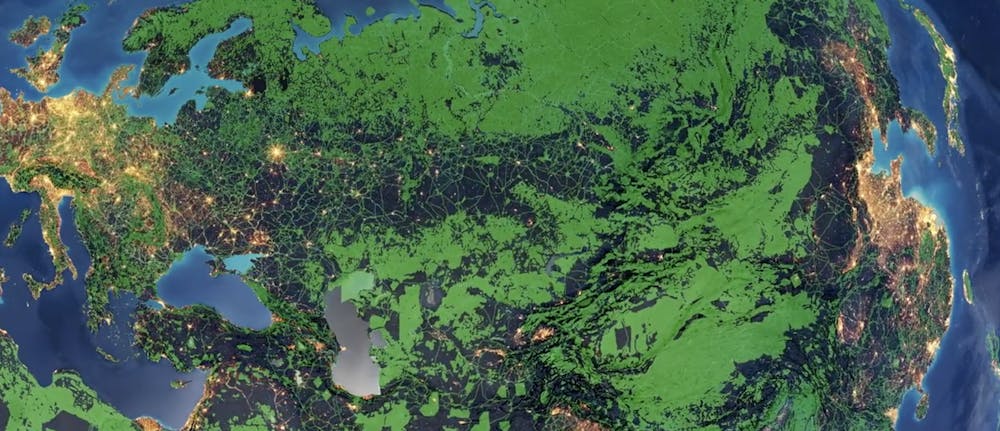.jpg?auto=compress%2Cformatformat&w=1200)
THE SCIENCE OF THE GLOBAL SAFETY NET
The Global Safety Net initiative has spearheaded or supported over 20 scientific papers that fill critical knowledge gaps to help governments, philanthropists, companies, and nonprofit organizations in their efforts to conserve and restore biodiversity and the ecosystem services upon which humanity depends. These include “A Global Deal for Nature” (Dinerstein et al. 2019) that introduced the global 30x30 conservation target to peer-reviewed literature; “A Global Safety Net” (Dinerstein et al. 2020), “Mature and Old-growth forests” (DellaSala et al. 2022); “Intact Large Mammal Assemblages” (Vynne et al. 2022); “Priorities for Protected Area Expansion” (Watson et al. 2023); and “Conservation Imperatives (Dinerstein et al. 2024). These and other geospatial research efforts are indexed to produce the Global Safety Net map, a periodically updated composite of areas identified as being of critical importance for biodiversity conservation and carbon storage.


%20in%20the%20worlds%20largest%20sequoia%20grove%2C%20the%20Redwood%20Mountain%20Grove%20located%20in%20the%20Kings%20Canyon%20National%20Park%20and%20the%20Giant%20Sequoia%20National%20Monument%2C%20California%20%20shutterstock_1058300507.jpg?auto=compress%2Cformatformat&w=1000)


.jpg?auto=compress%2Cformatformat&w=1000)